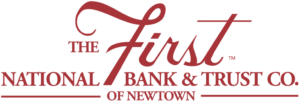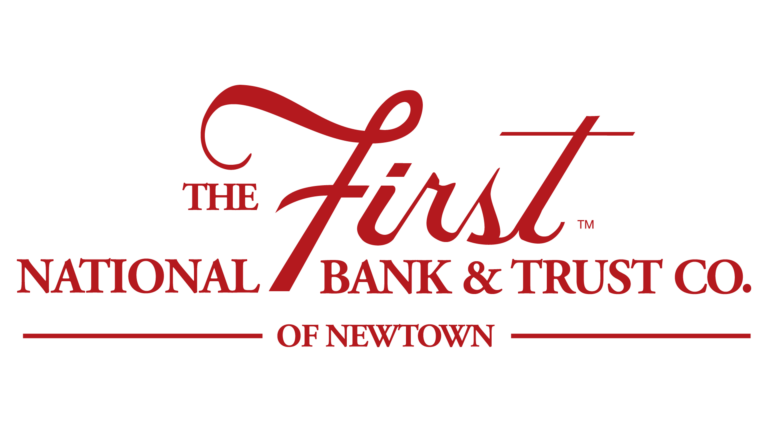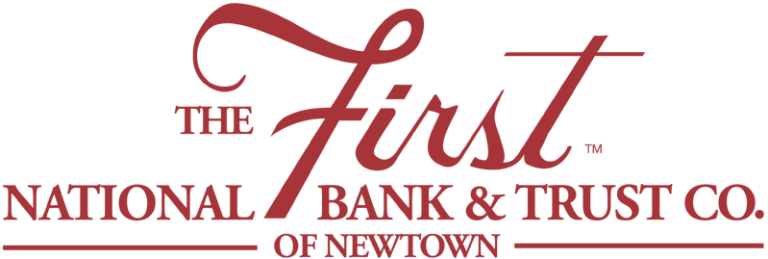If you’re looking for a home in Bucks County or recently bought one, you’ll have plenty of things to consider before you move in. You might add a splash of paint here and there to spruce up the place. You may also need new furniture.
Beyond your down payment and mortgage costs, there are some additional things to account for when adding up the true cost of homeownership in Bucks County, whether you’re buying your first home or simply relocating, you’ll have the cost of your moving expenses plus what it costs to own and maintain a home. Let’s consider the hidden costs of homeownership, from the loan itself to keeping your place in livable condition.

1. Mortgage and Fees
This is probably the most obvious part about the cost of homeownership, though it’s worth mentioning because it’s such an important factor. That’s why we include a mortgage cost calculator on our home loan page. With conventional mortgages, any loan that doesn’t include at least a 20% down payment will require private mortgage insurance (PMI), which typically ranges from 0.5% to 1.5%. It’s applied to the outstanding balance on your mortgage and is added to your monthly mortgage payments.
Federally backed mortgages, such as those issued by the Federal Housing Administration (FHA), require a Mortgage Insurance Premium (MIP) with an upfront premium of 1.75% and an annual premium of 0.15% to 0.75%. If your property has a homeowner’s association (HOA), there will be additional monthly fees from your HOA.
2. Homeowner’s Insurance
Sometimes referred to as home insurance or hazard insurance, mortgage lenders typically require borrowers to have enough homeowner’s insurance that would at least cover the full amount of the mortgage.
You Might Need Flood Insurance
Flooding isn’t included in traditional homeowner’s insurance, so you may need flood insurance as well. It covers damage from rising floodwaters, such as if the Delaware River or any of its many tributaries overrun their banks. Flood insurance is typically required by lenders for homes in a flood zone.
Earthquake Insurance
Earthquake damage isn’t covered by homeowner’s insurance, so you may need a separate policy. An earthquake typically has to register above 4 or 5 on the Richter scale to damage buildings, according to the U.S. Geological Survey. An earthquake with a magnitude of 4.8 shook Bucks County and surrounding areas in April 2024, with an epicenter located in New Jersey. You may want to consult with your new neighbors, a local realtor, an insurance agent, or a contractor about whether you need this type of coverage.

3. Property Taxes
Your mortgage payment will typically include the estimated cost of your property taxes. If not, you’ll have to pay for these taxes yourself. You can get more information on property taxes in Bucks County and search by parcel number or by address online.
4. Furnishing Your New Home
The cost of furnishing a new home can be hard to estimate. It depends on the size of the home, how much furniture you already have, and the age of the home. An analysis by the National Association of Homebuilders in 2022 estimated that buyers of new homes spent twice as much on furniture and appliances, compared to buyers of existing homes. Things will cost more because of inflation, but this does give us an idea of some of the hidden costs of homeownership. The survey broke the average costs down like this:
Alterations and repairs:
- New home buyers – $11,930
- Buyers of existing homes – $5,761
Furnishings:
- New home buyers – $5,122
- Buyers of existing homes – $2,665
Appliances:
- New home buyers – $4,254
- Buyers of existing homes – $2,499
More recent figures by HomeAdvisor put the national average of furnishing a home at $16,000 and a range of $3,500 to $95,000. Of course, this depends on the size of your home and the type of appliances and furnishings you want to buy.

5. Remodeling and Other Changes
It’s unlikely that buyers of newly constructed homes will make any changes, and if they buy a home that’s under construction, they may have a choice in the types of furnishings and appliances. It’s not unusual for buyers of existing homes to make some changes, such as new paint, wallpaper, and new rugs. Angi (formerly known as Angie’s List) lets you search by ZIP Code for many types of home remodeling jobs and get free quotes.
6. Home Maintenance and Repairs
The cost of home maintenance is one of the reasons why it’s such a good idea to have a qualified inspector examine a property before you buy. Lenders will usually require an appraisal report, but that only addresses the property’s value. Many homebuyers include a home inspection contingency as part of their purchase agreement. Even if the inspector doesn’t find anything wrong with the house, they could give you an idea of things that might need replacing in the next few years.
A rule of thumb is that your home maintenance costs will range from 1% to 4% of your home’s purchase price. This includes:
- Changing the air filters on your heating, ventilation, and cooling (HVAC) system and having it inspected or serviced each year.
- Inspecting and cleaning your fireplace and flu.
- Maintaining your patio or deck.
- Landscaping costs that include mowing the lawn and raking leaves, clearing snow, and maintaining your garden (if you have one). It might also include tree trimming from time to time.
- Minor repairs and maintenance such as plumbing leaks, repairing drywall, carpet cleaning, and replacing broken electrical switches and outlets.
- Replacing appliances such as your washer and dryer, dishwasher, refrigerator, microwave, etc.
- Outside maintenance could include painting the exterior, resealing an asphalt driveway, and cleaning and sealing a wooden deck.

7. Utility Bills and Maintenance
Homes in Bucks County could rely on municipal water and sewer lines or have a well. The Bucks County Water & Sewer Authority (BCWSA) supplies drinking water to many homes in the more densely populated areas. The Bucks County Department of Public Health (BCDH) has standards for well water and a residential well inspection program.
Private wells and septic systems are up to their owners to maintain. With municipal water systems, homeowners are responsible for maintaining their water and sewer lines from their homes to the point where they connect to the municipal supply. Of course, this is in addition to your home’s water and sewer fees.
You’ll also have to pay for garbage collection, electricity use, natural gas, and probably internet service as well. If you’re dealing with a realtor, they can probably give you an idea of how much these will cost. You might also ask each utility to give you an estimate. The Bucks County Economic Development Corporation has information on the local utilities serving the area.
8. Other Expenses to Keep in Mind
No list of housing costs would be complete without a longer-term view. Even if you’re buying a new home, you should keep these things in mind and budget accordingly. It’s one of the reasons we encourage our customers to have an emergency fund to cover the cost of unexpected contingencies.
We also offer home equity loans and home equity lines of credit (HELOC) that you might use to cover unforeseen expenses. Hopefully, your home inspection report gave you an idea of the condition of these items. You can also ask the home seller about when these items were last inspected, serviced, or replaced.
The Roof
Asphalt shingle roofs typically need to be replaced every 15 to 30 years.
HVAC
An HVAC system can last from 15 to 25 years. Of course, this depends on the type of system you have and how well it’s maintained. Changing the air filter on schedule and having it inspected once a year can help it run properly and extend its life. Of course, how long your system lasts also depends on the type of HVAC you have. A furnace that burns natural gas may last 20 to 30 years, while an oil-burning furnace may last 10 to 15 years. A boiler could last 20 to 35 years. Central air conditioning systems may last 15 to 20 years, and heat pumps can last 10 to 20 years.
The Water Heater
The average lifespan of a water heater is about 8 to 12 years, although it depends on regular maintenance and the type of water heater you have. Tank water heaters may last as little as eight years, but some have lasted up to 20 years. Tankless water heaters, also known as “on-demand” water heaters, might last 15 to 20 years.
Other Major Appliances:
- Washing machine: 10 years
- Dryer: 13 years
- Refrigerator: 14 years
- Range: 13 to 15 years
- Dishwasher: 9-10 years
Explore Home Financing Options with The First
We can help you with all kinds of home loans, including mortgages, home equity loans, and HELOCs. Just contact us or visit one of our 11 bank locations in Bucks County: Warminster, Richboro, Jamison, Langhorne, Doylestown, Newtown, Fairless Hills, Wrightstown, Washington Crossing, and New Hope.



